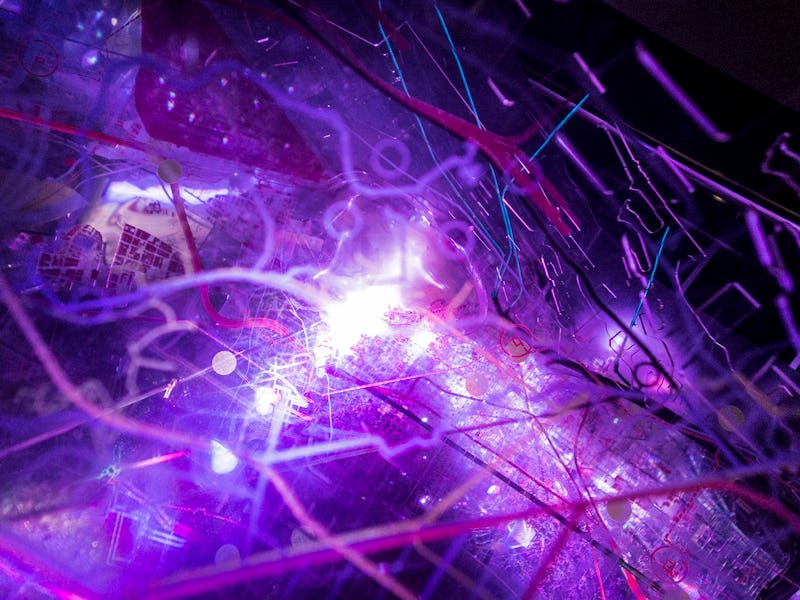Researchers Find Missing Link to Make Computers That Mimic the Brain
The key to a new era of computer.

Computer scientists have long tried to figure out just how to make machines mimic the incredible efficiency of the human brain.
In a new study, researchers were able to develop an artificial version of the synapse, the connector between the brain’s nerve cells. It’s a breakthrough that could usher in a whole new era of artificial intelligence.
In a paper published in Science Advances on Friday, researchers from the National Institute of Standards and Technology in Colorado describe how they built what they called a “superconducting synapse.” Biological synapses are the junction between nerves where chemical signals are transmitted from the brain throughout the body. NIST’s synapse can do everything its organic counterpart can do, but better.
“The NIST synapse has lower energy needs than the human synapse,” said NIST physicist Mike Schneider in a statement. “We don’t know of any other artificial synapse that uses less energy.”
Not only is this new inventions more energy-efficient than human synapse, but also it can also fire signals faster. The artificial synapse is capable of firing 1 billion times per second, while a brain cell is limited to 50 times per second.
This is far more effective than the traditional semiconductors that are used to power most computers and other similar devices today. Because this artificial synapse is a kind of superconductor, it’s able to transmit electricity without resistance, enabling lightning fast decision-making for technology such as self-driving car technology.
It could also be used to make neuromorphic computers — computers that function like the human brain — a reality. Instead of processing data sequentially and storing memory in separate units like traditional computers, these conceptual machines would be able to process data simultaneously and story memory throughout the system. This would bump up computational speeds by a sizable margin.
Other superconducting devices mimicking the human brain have been developed in the past, but NIST’s synapse is a crucial invention that would essentially tie them all together. Think of them like the Greek god, Hermes delivering electrical messages to the various units inside of neuromorphic computers.
This research found a major missing link in completely reinventing the way computers are created.